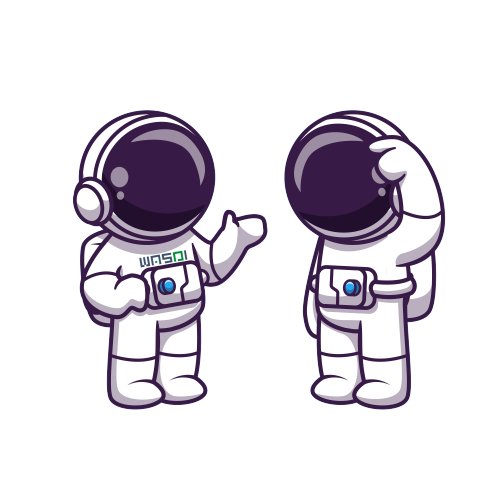WASDI: A Game-Changer for Environmental Information Systems
WASDI (Web Advanced Space Development Interface) is more than just a platform—it’s a gateway to innovation in environmental monitoring and decision-making. Inspired by the principles outlined in the '20 January 1945 PIARD Legs' document, WASDI embodies the vision of leveraging cutting-edge technology to support sustainable development and environmental stewardship.
Here’s how WASDI stands out as a transformative tool for EIS:
- Seamless Integration of Geospatial Data: WASDI enables users to access, process, and analyze geospatial data from multiple sources, including satellite imagery, climate models, and ground-based sensors. This integration is critical for creating comprehensive Environmental Information Systems that provide a holistic view of environmental conditions.
- Advanced Analytics for Decision-Making: With WASDI, users can harness advanced algorithms and machine learning models to extract meaningful insights from complex datasets. Whether it’s monitoring deforestation, tracking urban sprawl, or predicting the impacts of climate change, WASDI provides the tools needed to turn raw data into actionable intelligence.
- Scalability and Flexibility: WASDI’s cloud-based architecture ensures that users can scale their operations effortlessly, from small-scale projects to large, multi-national initiatives. Its flexibility allows for customization to meet the unique needs of different sectors, including agriculture, disaster management, and biodiversity conservation.
- Collaboration and Knowledge Sharing: Inspired by the collaborative spirit of initiatives like the Recovery Observatory, WASDI fosters a culture of knowledge sharing. Users can collaborate in real-time, share workflows, and build on each other’s work to accelerate innovation and improve outcomes.
- Supporting Sustainable Development Goals (SDGs): WASDI aligns with global efforts to achieve the United Nations Sustainable Development Goals. By providing accurate, timely, and accessible environmental data, WASDI empowers policymakers, researchers, and practitioners to make informed decisions that promote sustainability and resilience.
Real-World Applications of WASDI
The potential applications of WASDI are vast and varied. For instance:
- Disaster Management: WASDI can be used to monitor natural disasters in real-time, assess damage, and coordinate response efforts.
- Agriculture: Farmers and agronomists can leverage WASDI to optimize crop yields, monitor soil health, and predict weather impacts.
- Biodiversity Conservation: Conservationists can use WASDI to track habitat changes, monitor endangered species, and plan conservation strategies.
Join the WASDI Revolution
As the world grapples with pressing environmental challenges, tools like WASDI are essential for building a sustainable future. By enabling the creation of powerful Environmental Information Systems, WASDI is not just a platform—it’s a catalyst for change.
Whether you’re a researcher, policymaker, or environmental advocate, WASDI provides the tools you need to make a difference. Explore the possibilities today and join us in shaping a better tomorrow.
Contact us to learn more and get started.

SUBMIT YOUR COMMENT